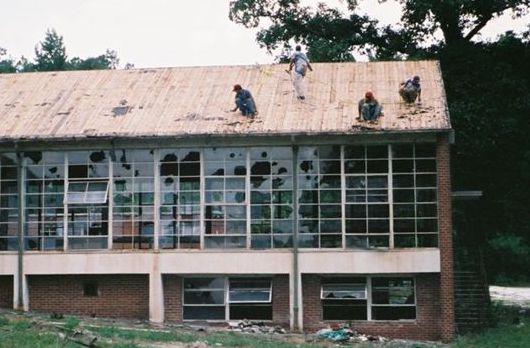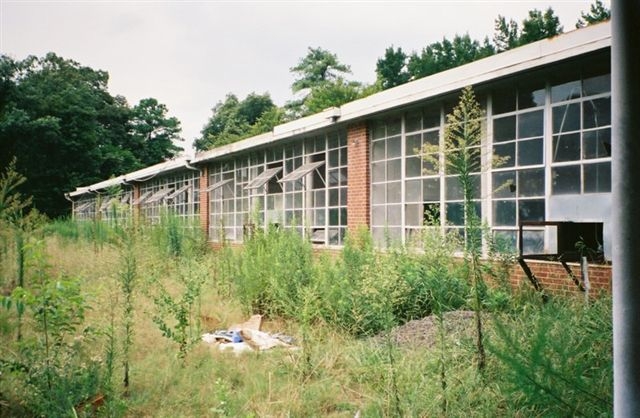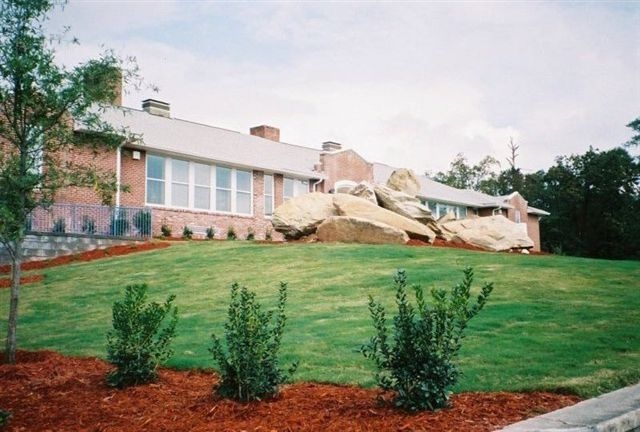In the morning, as children dash into their preschools and home-based care sites, hanging coats and finding favorite toys or books, safety of the facility should be the last thing on their minds. These are the most important years for a child’s development, and the places where learning happens should contribute to, rather than jeopardize, the experience.
Unfortunately, in communities across the country, child care facilities are failing to meet the most basic safety requirements. And as with so many issues today, the Covid-19 pandemic is exposing these shortcomings, even making them even worse.
In June, Linda Smith of the Bipartisan Policy Center co-authored a paper titled Child Care Infrastructure and COVID-19: A New Reality, which recommended five types of improvements that facilities’ teams should consider for the safety of children and staff alike:
- Self-contained classrooms to support social distancing
- Additional classroom space to accommodate small group sizes
- Enhanced plumbing for additional sinks and bathrooms
- Upgraded ventilation systems to improve air quality
- Improved entry ways to meet new screening protocol upon arrival
Even before the pandemic, Smith notes, costs were higher than most parents could afford. Reduced enrollment and additional expenses for personal protective equipment are pushing these measures even further out of reach.
This isn’t a new problem. In 2016, the U.S. Inspector General conducted a series of surprise inspections of 227 commercial day-care centers and in-home providers in nine states and found 96% to be in violation of at least one state safety or health regulation. (Read the report.)
“There’s been a lot of focus on the demand side of the equation,” Smith says, referring to the children who need to keep up with their education and the parents who need to get to work. “Facilities represent the supply side.”
While the nation waits (and waits) for federal action on the child care crisis, Smith points to three hopeful examples of solutions:
1. Chambers of Commerce. When business interests align with the needs of families, possibilities open up. After a community survey revealed a thousand children on the waitlist for care and an unacceptable number of respondents saying they had put career options on hold due to a lack of child care options, the Missoula, Montana Chamber of Commerce spearheaded the renovation of an abandoned elementary school. “When something starts interrupting businesses’ ability to grow, business comes to the table,” says Kim Latrielle, CEO and president of the Missoula Chamber. (San Mateo County, Cal., undertook an even more sweeping and ambitious facilities initiative.)
2. Technical Assistance. Early Learning Property Management (ELPM), an Atlanta-based nonprofit organization, helps independent operators of child care businesses assess expansion opportunities, develops strategic plans, raises the capital funds for each project and negotiates long-term leases below (often, far below) market rates. The rent proceeds are reinvested back into the buildings for the ongoing maintenance and capital, which makes the business model more sustainable and keeps facilities in safe, high-quality condition.
ELPM is a small operation with one full-time staff member, Kara Portnell, who has been with the mission since inception in 1999. She looks for buildings in neighborhoods with the right demographics and makes connections to foundations. “When there’s a high-quality facility providing high-quality programs, it becomes a neighborhood hub,” she explains. She also links potential providers to local centers so they can build coalitions. ELPM has helped to build or renovate 15 early learning centers in six counties, which serve approximately 3,000 children a year.
“The building and physical environment have a profound impact on the development of young children,” Portnell says. “For them, it’s their world.”
👉 Learn more: Early Head Start Expansion and Early Head Start-Child Care Partnership Grants




3. Children’s Investment Fund. This unique entity provides child care centers with low-interest loans, grants, technical assistance and training. It is affiliated with the Massachusetts Community Economic Development Assistance Corporation (CEDAC) and helps nonprofit centers create higher-quality learning environments.
“Because of an impossible business model, most center directors lack the financial ability to replace a failing roof and instead are forced to implement short-term fixes,” says Theresa Jordan, director, echoing Portnell’s remarks on the challenge of deferred maintenance.
The Children’s Investment Fund was founded in 1990 and was instrumental in the creation of a state capital bond program in 2013 that has invested $31.7 million in 38 facilities in Massachusetts.
Another model to explore is the Minneapolis-based First Children’s Finance, which also operates in Iowa, Michigan and the Dakotas.

Mark Swartz
Mark Swartz writes about efforts to improve early care and education as well as developments in the U.S. care economy. He lives in Maryland.



